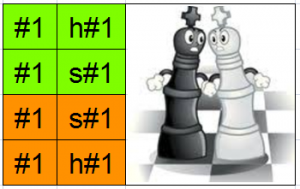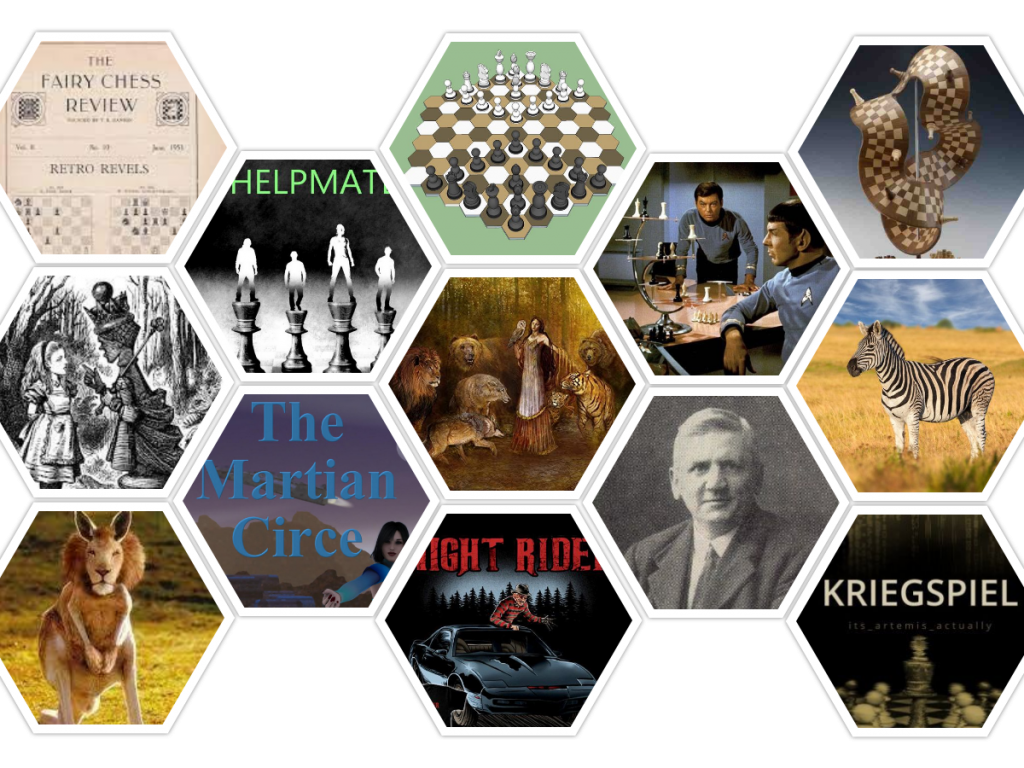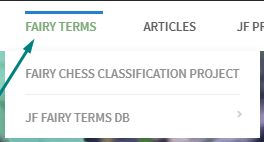
The “new and improved” interface to FCCP is ready!
Viewers can access it at: https://tinyurl.com/fccp-new
Features:
- A hierarchical indented tree that can be easily navigated
- A separate page linked to each element, opening in a split window, with definitions and other details like history, software support, and importantly, an example problem with solution
- Provision for alternate classifications for the same element
- Links and backlinks to associate parent, child, and related elements
- Search function and alphabetical index
- Feedback form (though viewers can use the JF comments section too!)
Currently, only the main Stipulations group is covered. Other groups and elements will be added in a phased manner.
Corrections and additions to the existing content will be done as required and the changes can be viewed immediately.
Happy viewing!
Shankar Ram



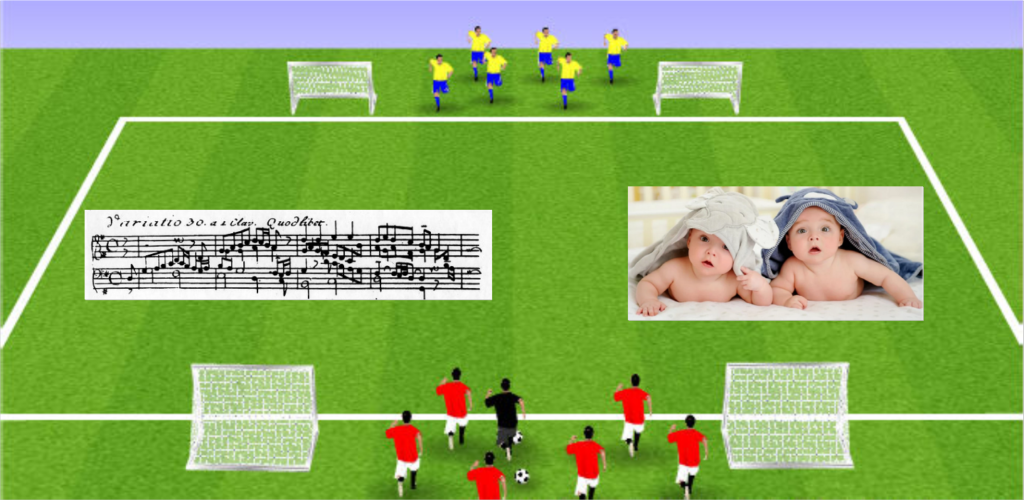
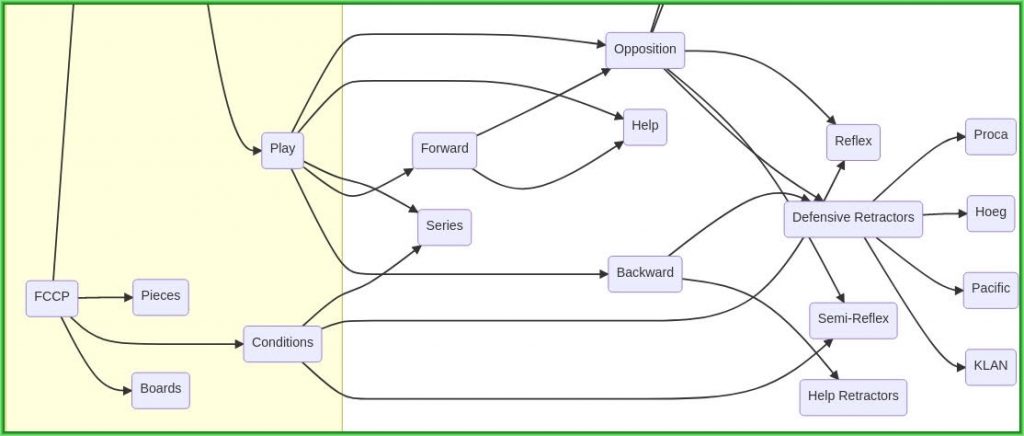

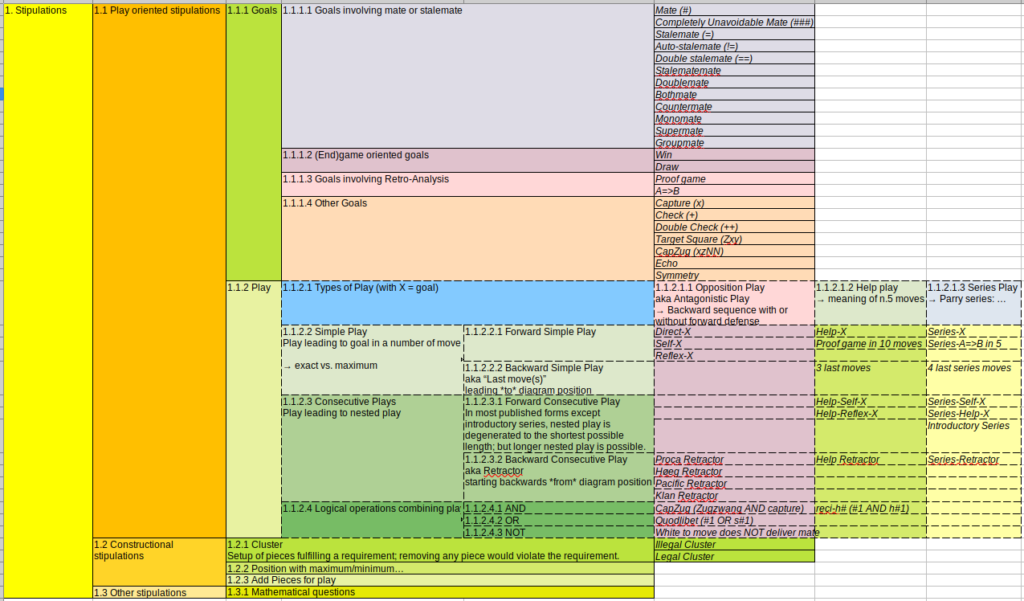

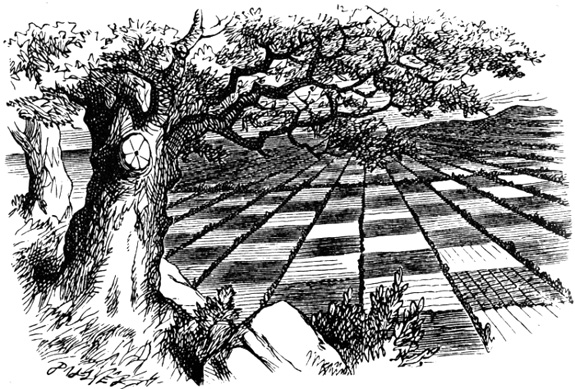 Fairy Chess Classification Project
Fairy Chess Classification Project

